Bull fertility testing
Bulls are responsible for 50% of your herd’s fertility. Keeping a defective bull can be a costly business.
Maarten’s findings, having fertility tested over 300 bulls per year, show that 1 in 7 are defective.
Sterility versus sub-fertility
Sterile bulls (which are totally incapable of getting cows in calf) are rare and probably not as costly as sub-fertile ones. This is because sterile bulls are normally identified and replaced early as cows keep bulling every 21 days. A sub-fertile bull will get some animals pregnant, but it will take more time and several services, so the problem is harder to identify.
The cost of sub-fertility
As most people aim to calve their animals only in the Spring or Autumn, the consequence of a sub-fertile bull is either more empty females at the end of the breeding season or a spread calving pattern. This is not only a nuisance, as calving animals need to be monitored over a much longer period (which has an impact on labour costs), but it will also lead to a variation in the age of the calves.
Age variation of calves has an impact, not only on the marketability of these calves, but also on calf health. Calf scour pathogens, for instance, need time to build up. Therefore, calf scour is normally a problem at the end of the calving season, so the longer the calving season, the worse the problem. A variation in calf ages can also result in an increased risk of pneumonia as older calves carry and spread pathogens to younger, more susceptible animals.
On dairy farms sweeper bulls are normally confronted with the most difficult cows to get pregnant. Therefore, these bulls need to be as fertile as possible.
Old man’s problem
Sub-fertility is a more common finding in older animals. These animals have acquired something (for example an infection or injury) over time that has made them become sub-fertile in later age. Unfortunately, good fertility in one season does not guarantee good fertility for the following season. Therefore, it is strongly recommended to test bulls annually before the mating season.
Newly purchased bulls
Maarten has been involved in several post-purchase insurance cases, where the fertility of bulls has been called into question. He now strongly recommends testing newly acquired bulls as soon as possible, or ideally before purchase.
Keeping multiple bulls
When multiple bulls are kept it is normally the older animals that are the most dominant, but they are also more likely to be sub-fertile. As a result, the older animals may be preventing younger, more fertile animals from mating. Increasing bull power does not necessarily solve this.
Bull fertility testing – what’s involved?
The electro-ejaculator: Using an electro-ejaculator means that bulls can be tested safely (for both handlers and the bull), quickly and easily in a crush. The crush needs to be big enough to hold the bull and side access is also important so that semen can be collected safely (see photo on right).
The procedure: When the bull enters the crush, his gait is inspected and also his feet once in the crush. Following a full clinical examination, including a detailed internal and external examination of the sexual organs the semen is collected. A gentle electro-stimulation is applied using a rectal probe until ejaculation is achieved.
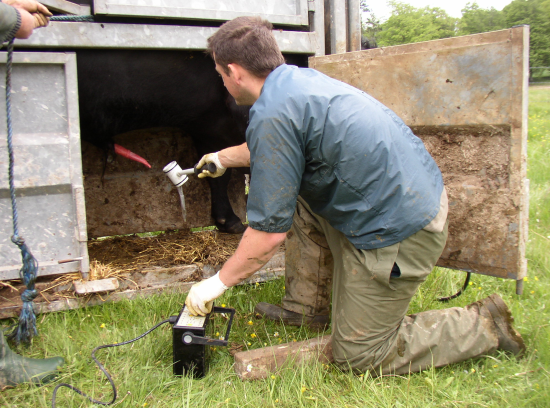
The semen is scored for volume, concentration and contamination before being examined under a microscope. All this takes place on the farm. Maarten’s vehicle has been adapted with a small mobile laboratory so that all the equipment he needs is ready to go.
Under the microscope the semen sample is examined for gross motility, as well as motility of individual sperm cells. The final detailed examination of the sperm sample is carried out back at the practice, where Maarten examines 100 sperm cells individually to check for any abnormalities.
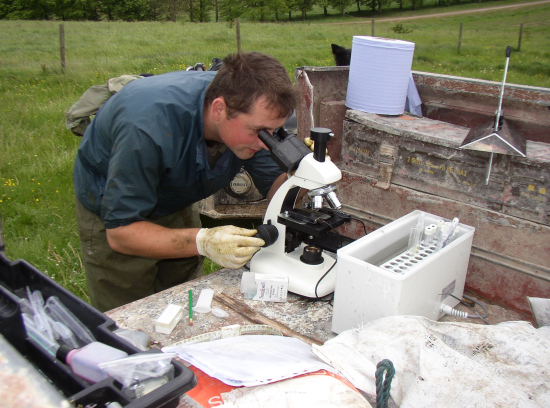
Complications: On rare occasions bulls will fail to give a sample by electro-ejaculation. In these cases the bull can be re-examined a few weeks later. Semen is extremely sensitive to cold shock, so semen testing cannot be done in very cold weather. Semen that is exposed to the cold will have poor motility and may even look abnormal under the microscope so we tend not to examine bulls on extremely cold days.
Findings of bull fertility testing
Maarten has seen a range of abnormalities: scrotal hernia, testicular deformation, small testicles, “broken penis” and, of course, reduced ability to mate due to lameness. The semen showed: contamination with urine and pus(!), deformed sperm cells (a wide variation), but the most common abnormality of semen was either poor concentration or poor motility (i.e. less than 30% of sperm cells with a forward progression.) Most, if not all, bulls were re-tested before they were considered unfit for breeding. The bulls that were condemned ranged in age from eighteen months to twelve years. Some were after a pre- or post-sale check, others had been on the farm for many years. Some bulls were tested following poor pregnancy diagnosis results, but most were identified during routine fertility testing.
It has become clear that an annual bull fertility check is very beneficial, as bulls can become sub-fertile at any age. Most farms spend a lot of time and money checking the fertility of cows, so why not also pay attention to bull fertility, which is equally important?
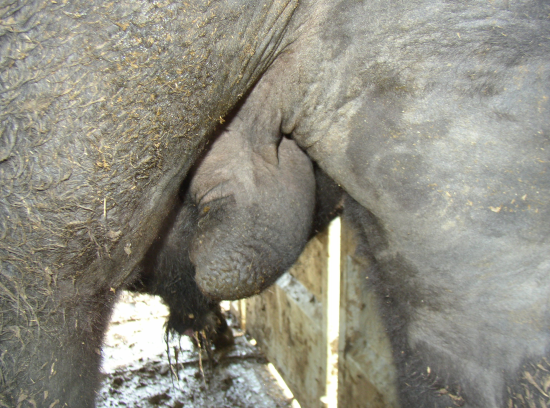
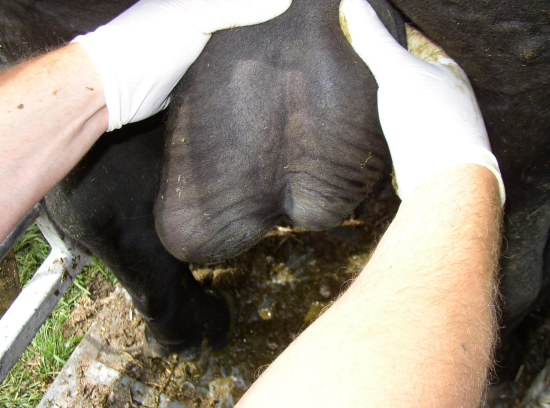
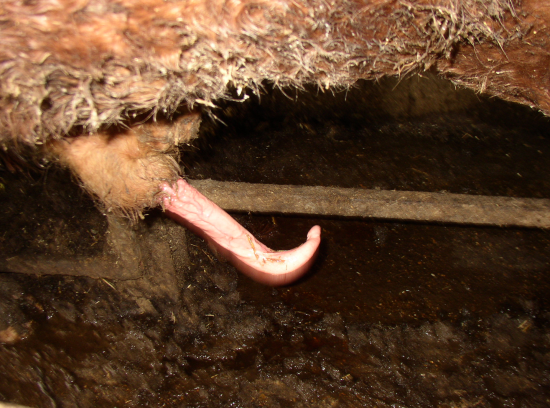
Find out more
For more detailed information on our bull fertility testing service, please give Maarten a call.
